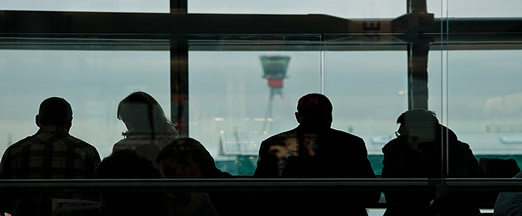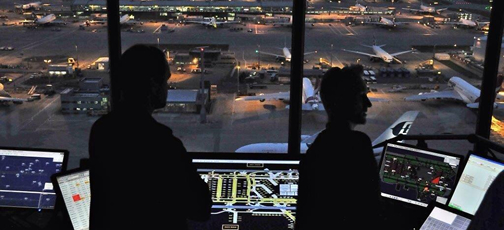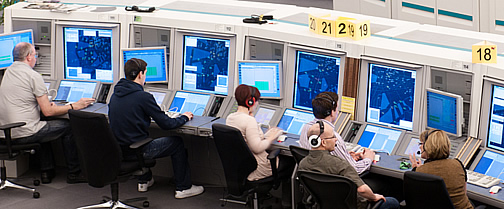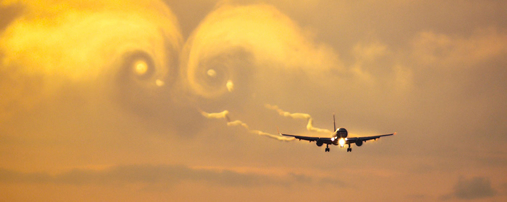New Multilateration System at Heathrow
26 September 2014Earlier this month, a new Multilateration System was transitioned into operational service at Heathrow Airport. At first, this may not sound groundbreaking, but the size of Heathrow Airport, and the number of buildings on the site, requires this system to be one of the largest in the world and one which is vital to maintain the traffic flow at Europe’s busiest airport.
The Multilateration System uses a constellation of remote units around the airport to triangulate the position of aircraft, based on their SSR transponder transmissions. It delivers significant technical and operational enhancements, including the provision of ground surveillance within the new Terminal 2: The Queen’s Terminal at Heathrow.

The work actually originated from the need to extend the existing system to allow for the new Queen’s Terminal. In order to facilitate this, we first had to replace 13 of the existing 24 remote units within a three month window, before adding seven new remote units to cover the new Terminal 2 Building and upgrading the central processing software. The whole system had to be integrated and rigorously tested.
The original Heathrow system was the first multilateration system to enter service in the world, and this new system is now the most complex in the UK, with 31 remote units and two separate operating locations.
To transition such a highly integrated system in a complex and busy airfield environment – and without any operational impact – was certainly a challenge, but one which our engineering team is proud to say we achieved.
Comments
Please respect our commenting policy and guidelines when posting on this website.



